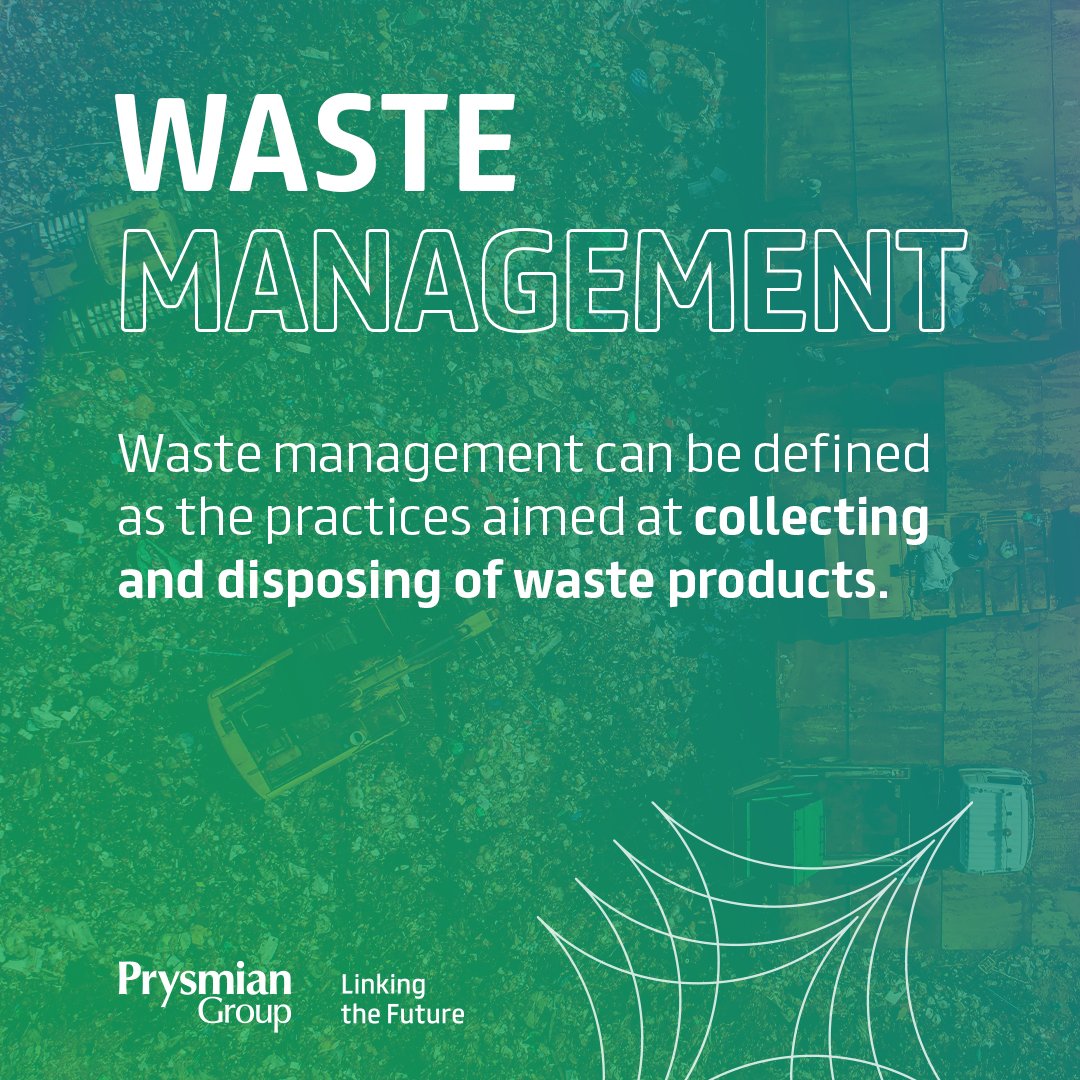Little Known Questions About Reclaim Waste.
Little Known Questions About Reclaim Waste.
Blog Article
The Reclaim Waste Diaries
Table of ContentsThe 7-Minute Rule for Reclaim WasteSome Known Details About Reclaim Waste Reclaim Waste Can Be Fun For AnyoneAn Unbiased View of Reclaim WasteIndicators on Reclaim Waste You Need To Know
Explore the types, events, and kinds of liquid waste. Domestic sewage waste refers to the waste and items from a residential sewage-disposal tank. This kind of waste is developed by people in homes, schools, and various other structures. This only consists of septic systems that have a drainpipe field. The correct administration and disposal of domestic sewer waste require fluid waste to be moved to a sewage therapy plant where the proper methods and devices are put on detoxify and get rid of waste.
Commercial waste usually includes potential dangers, such as combustible materials or a blend of fluid and solid waste items, and calls for an advanced and in-depth disposal procedure. The disposal of commercial waste commonly involves the purification of waste before transport to make sure risk-free and correct disposal. Hazardous waste is created from byproducts and runoff of commercial processes and production.
This type of waste can not utilize the exact same sewer administration transport or processes as septic or business fluids. The industrial waste management procedure needs the examination and screening of liquid waste prior to it undergoes the disposal procedure (liquid waste removal melbourne). Drainage waste is the fluid waste that comes from runoff and excess stormwater in highly populated areas or cities
Overflow waste can trigger contamination and flooding if not dealt with effectively. Discover more concerning drain cleansing and waste administration. Making sure appropriate waste management can protect against catastrophes and decrease ecological injury. Both people in domestic settings and professionals in industrial or production markets can gain from recognizing the processes and regulations of fluid waste monitoring.
Little Known Questions About Reclaim Waste.
Get in touch with PROS Providers today to find out about our waste monitoring and disposal solutions and the appropriate ways to take care of the liquid waste you generate.
(https://boom-fruit-496.notion.site/Industrial-Wastewater-Treatment-The-Key-to-a-Cleaner-Greener-Future-13c9fdbb2e9380eca32fee3a79088ddf?pvs=4)This so-called 'wastewater' is not just a vital resource but, after therapy, will be released to our land, waterways or the sea. Utilized water from commodes, showers, baths, kitchen sinks, laundries and commercial processes is known as wastewater.

water used to cool down equipment or clean plant and devices). Stormwater, a form of wastewater, is overflow that moves from agricultural and metropolitan locations such as roof coverings, parks, gardens, roadways, courses and rain gutters into stormwater drains pipes, after rain. Stormwater streams neglected straight to regional creeks or rivers, at some point getting to the sea.
The Of Reclaim Waste
In Queensland, a lot of wastewater is dealt with at sewer therapy plants. Wastewater is delivered from domestic or commercial sites with a system of drains and pump terminals, understood as sewerage reticulation, to a sewage treatment plant.
The Division of Natural Resources recommends city governments about managing, operating and preserving sewage systems and therapy plants. In unsewered areas, click here for more info local governments might call for owners to set up private or family sewage treatment systems to treat residential wastewater from commodes, kitchens, restrooms and laundries. The Department of Natural Resources authorizes the usage of family systems when they are confirmed to be reliable.
The majority of stormwater receives no therapy. In some brand-new subdivisions, treatment of some stormwater to remove trash, sand and gravel has begun using gross pollutant catches. Wastewater therapy takes place in four phases: Removes strong matter. Bigger solids, such as plastics and various other things mistakenly released to drains, are eliminated when wastewater is gone through screens.
Makes use of tiny living organisms recognizes as micro-organisms to break down and eliminate continuing to be dissolved wastes and great particles. Micro-organisms and wastes are integrated in the sludge.
The 8-Minute Rule for Reclaim Waste
Nutrient removal is not available at all sewer therapy plants because it requires expensive specialised devices. Clear fluid effluent generated after treatment may still have disease-causing micro-organisms - liquid waste removal.

A lot of wastewater flows right into the sewerage system. Under the Act, local federal governments administer authorizations and licences for ecologically relevant activities (Periods) including wastewater launches that might have a neighborhood influence.
The Best Strategy To Use For Reclaim Waste
Or else, samples are taken for lab evaluation. Typically several tests are needed to establish the degrees of each of the various contaminants such as oils, hefty steels and pesticides in water. Tracking provides accurate information regarding water quality and can verify that permit conditions are being met. The info gotten with monitoring supplies the basis for making water quality choices.
Report this page